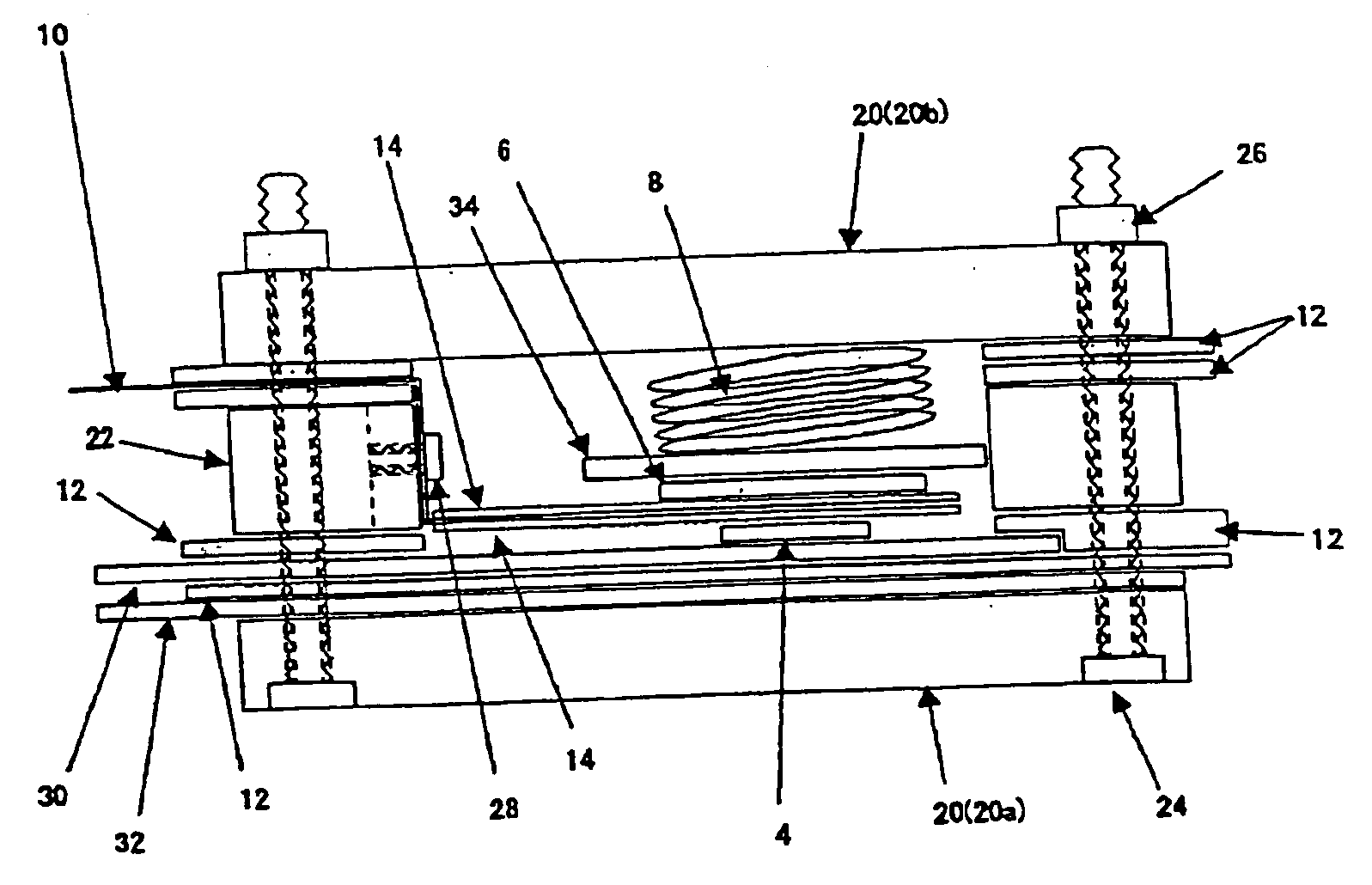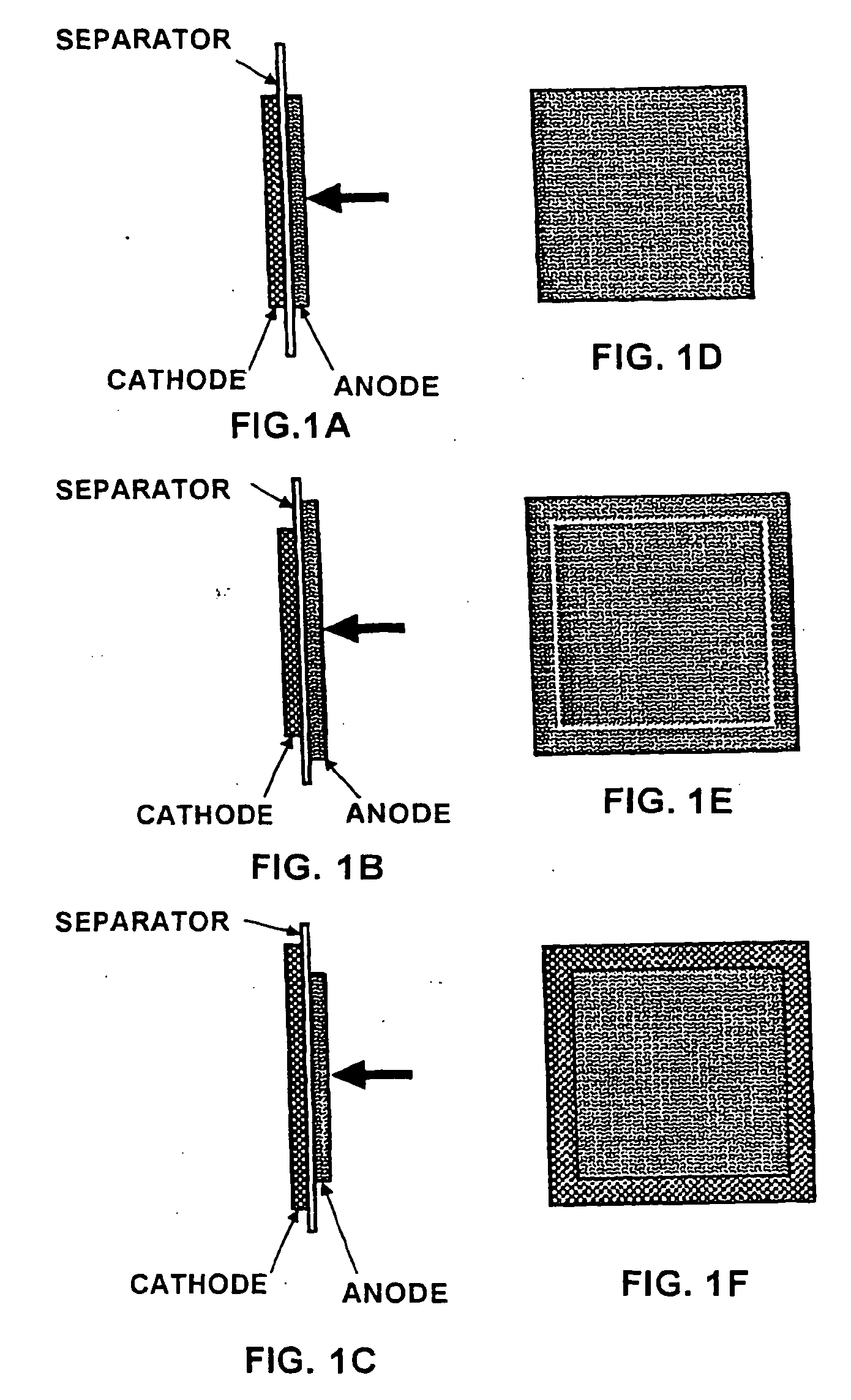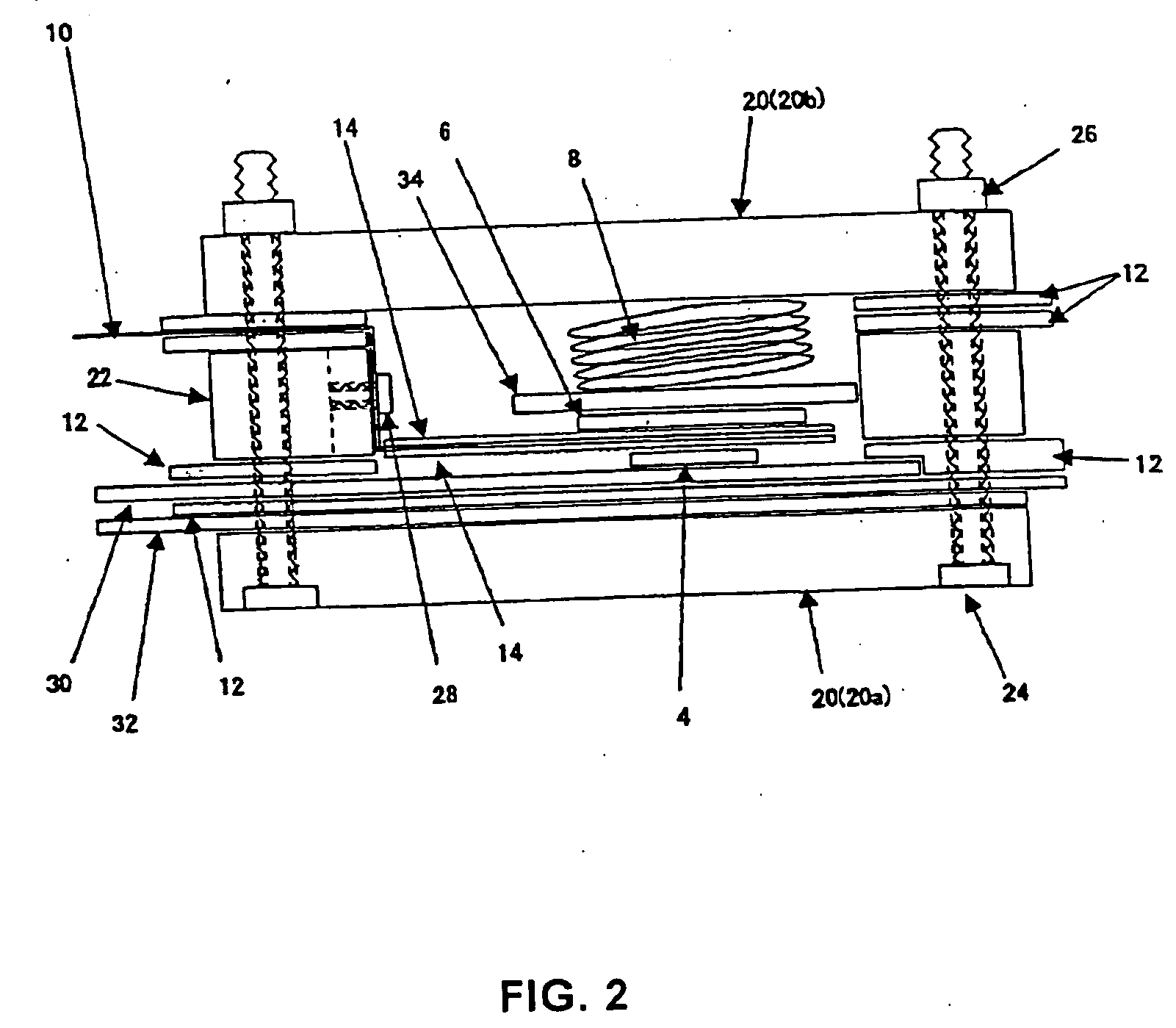Non-aqueous electrolyte secondary battery and process for producing positive electrode for use in non-aqueous electrolyte secondary battery
a technology of non-aqueous electrolyte and secondary battery, which is applied in the direction of non-aqueous electrolyte cells, cell components, electrochemical generators, etc., can solve the problems of significant reduction in capacity, and achieve excellent cycle characteristics and large capacity
- Summary
- Abstract
- Description
- Claims
- Application Information
AI Technical Summary
Benefits of technology
Problems solved by technology
Method used
Image
Examples
Embodiment Construction
[0094] At least the following matters will be made clear by the explanation in the present specification and the description of the accompanying drawings.
1. Measurement of Properties
[0095] (1) Method of Calculating the Crystallite Size Lc (112) in the c Axis Direction.
[0096] As an internal standard reference material, a high-purity silicon powder for X-ray standard (manufactured by Furuuchi Chemical Corporation, 99,999%) was added to a sample in an amount of approximately 10% by weight, and then mixed. The mixture was then filled into a sample cell. Here, the CuKα ray monochromatized with a graphite-monochromator was used as a radiation source, and wide-angle X-ray diffraction curves were measured by a reflective diffractometer method. The voltage and current, which are to be applied to an X-ray vessel, were set at 40 kv and 40 mA. A divergence slit was set at 2°, a scattering slit was set at 2°, and a photoreceiving slit was set at 0.3 mm. Thus, scanning was performed in the 2θ...
PUM
| Property | Measurement | Unit |
|---|---|---|
| charge capacity | aaaaa | aaaaa |
| temperature | aaaaa | aaaaa |
| size | aaaaa | aaaaa |
Abstract
Description
Claims
Application Information
 Login to View More
Login to View More - R&D
- Intellectual Property
- Life Sciences
- Materials
- Tech Scout
- Unparalleled Data Quality
- Higher Quality Content
- 60% Fewer Hallucinations
Browse by: Latest US Patents, China's latest patents, Technical Efficacy Thesaurus, Application Domain, Technology Topic, Popular Technical Reports.
© 2025 PatSnap. All rights reserved.Legal|Privacy policy|Modern Slavery Act Transparency Statement|Sitemap|About US| Contact US: help@patsnap.com



